Planning a Yellowstone Vacation in the Fall
Located in Wyoming and Montana, Yellowstone boasts breathtaking views of mountains, valleys, rivers, geysers and hot springs. Planning a Yellowstone vacation in the fall is a terrific time to enjoy all the park has to offer.
Use this Yellowstone National Park travel guide to plan your fall trip: things to do, what to pack, where to stay and services available.
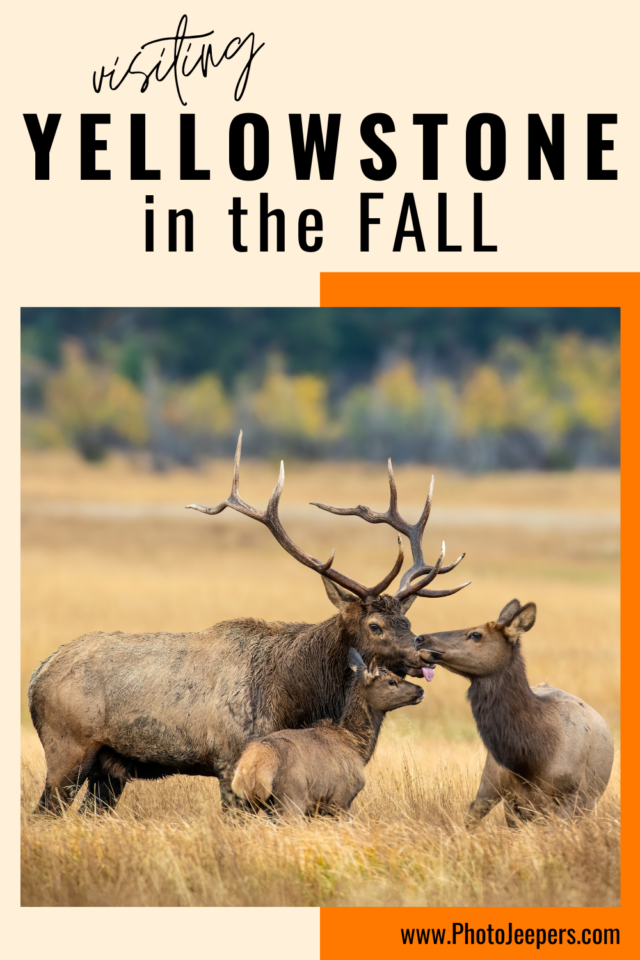
This guide includes everything you need to know for visiting Yellowstone in the fall. Keep in mind that services and weather vary in September, October, and November so note that when making Yellowstone fall vacation plans!
Use our Yellowstone National Park Packing List to make sure you have the right clothing and gear for visiting in the fall! Grab your free printable packing checklist by clicking the image below!
This site contains affiliate links which means WE may receive commissions for purchases made through these links. We only provide links to products we actually use and/or wholeheartedly recommend! As an Amazon Associate, we earn from qualifying purchases. Read the full Disclosure Policy.
A Photo Tour of the Yellowstone Southern Loop
Take a visual tour through the south loop of Yellowstone National Park to see the wildlife, waterfalls, geysers, and landscapes you’ll find in this part of the park!
Planning a Vacation to Yellowstone in the Fall
Roads and services begin to close in the fall at Yellowstone so it’s important to know what to expect during each month:
Yellowstone in September – all the park roads, services, and campgrounds are open. Visitation numbers in September are high so be prepared for crowds during the day. We always recommend entering the park early in the morning, or even later in the afternoon.
Yellowstone in October – roads may close due to inclement weather and dangerous driving conditions. For up-to-date information on roads call (307) 344-2117 for recorded information, or sign up to receive Yellowstone road alerts on your mobile phone by texting “82190” to 888-777 (an automatic text reply will confirm receipt and provide instructions).
Yellowstone roads will close the end of October or beginning of November each year to prepare for winter. Be sure to check the Yellowstone Fall Closing Dates for the most current information.
Yellowstone in November – most of the roads close the first of the month. From the beginning of November to mid-April, all roads except from the north entrance in Gardiner to the northeast entrance in Cooke City are closed.
When Does Yellowstone Close in the Fall?
In September all Yellowstone roads, services, and campgrounds are open. During the month of October a lot of Yellowstone services and lodging begin to close. In November the only services available are along the road from the North entrance to the Northeast entrance. Always check the Yellowstone operating hours and seasons for the most updated information.
TIP: Pack a cooler with drinks and food for your travels within Yellowstone in the fall. Buy these items at a grocery store outside the park. The stores inside the park, when open, are pricey.
The service stations around the park open and close seasonally. You’ll find credit card fueling available 24-hours at many of the Yellowstone service stations.
Yellowstone Weather in the Fall
There one constant at Yellowstone – the Yellowstone National Park Weather is never predictable! In the fall you need to be prepared for cold to freezing temperatures with rain or snow at any time!
- September temperatures: low 30 and high 64 degrees F
- October temperatures: low 22 and high 51 degrees F
- November temperatures: low 12 and high 34 degrees F
Days get gradually shorter as winter nears, and temperatures drop rapidly once the sun goes down.
Layers are key when exploring Yellowstone during the fall months. Reference our winter clothing guide so you can enjoy the outdoors, even when it’s cold! We recommend at the minimum:
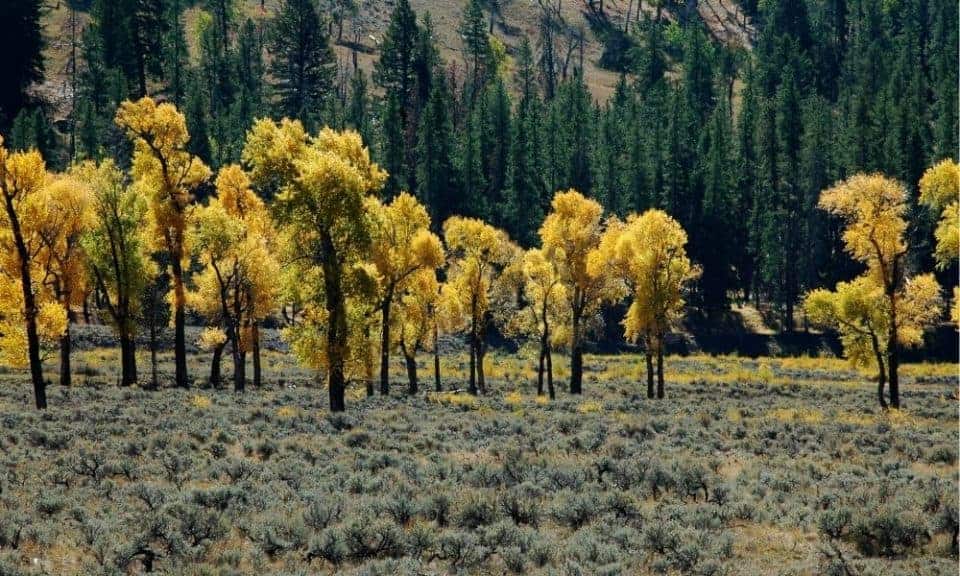
Best Time to Visit Yellowstone National Park
Check out our guide for finding the Best Time to Visit Yellowstone National Park. Each season and month of the year will have different activities and services available.
The Yellowstone National Park website has all the up-to-date seasonal information you need for planning your trip.
Here’s the general idea of what to expect during your fall trip to Yellowstone. The weather in Yellowstone during the autumn months can vary greatly between weeks and even days.
September in Yellowstone
Crowds: high to moderate
Services: full to limited
Access: all roads open
Highlights:
- Elk rut in Mammoth Hot Springs and Grant Village
- Black and grizzly bears along the roadside meadows
- Raptor migration in Hayden Valley
- Fall color above 7,000 feet
- Fewer mosquitos
- Campgrounds begin to close for season
- Mid-September the boating services close for season on Yellowstone Lake
October in Yellowstone
Crowds: moderate to low
Services: limited
Access: roads begin closing for winter season, and weather causes many temporary closures
Highlights:
- Bears return to lower elevations and are more visible along roads
- Elk rut in Mammoth Hot Springs and Grant Village
- Raptor migration in Hayden Valley
- Fall color below 7,000 feet
- Snow begins to accumulate above 7,000 feet
- Mid-October – Dunraven pass closes, Beartooth Highway Closes (outside northeast entrance)
November in Yellowstone
Crowds: low
Services: limited
**Access: winter travel restrictions for all areas except Mammoth to northeast entrance
Highlights:
- Bighorn sheep rut near the north entrance
- Bison begin migrating to lower elevations
- Snow begins to accumulate below 7,000 feet
- Wolves in Lamar Valley
- Early November – interior roads close to vehicles and fishing season ends
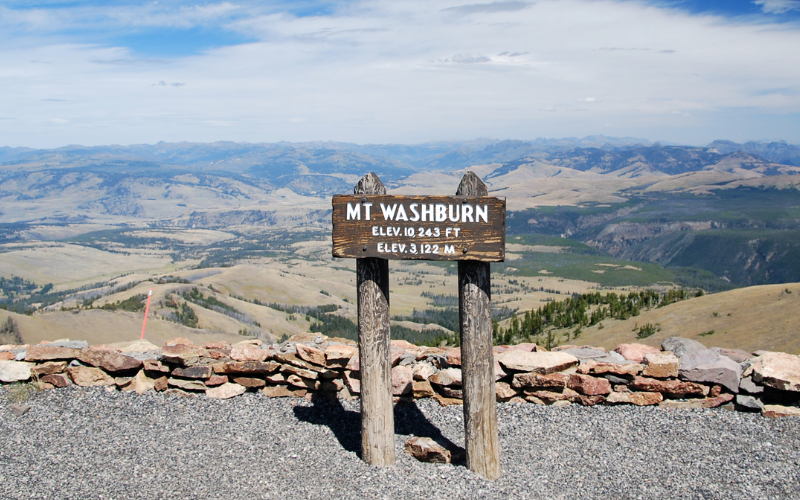
Things to Do at Yellowstone in the Fall
Here’s a list of Yellowstone National Park fall activities. Remember this list of activities will vary depending on the month you will be in the park.
Fall Hiking in Yellowstone
Before exploring any Yellowstone National Park fall hikes in October, we recommend you check with the rangers at the Visitor Center to get current trail conditions. Also tell someone your hiking destination, route, and estimated time of return.
Stay on trails: taking shortcuts causes trail erosion and is dangerous. In hydrothermal areas, stepping on thin crust may plunge you into boiling water.
During the fall, your hike can yield amazing autumn colors and opportunities to see wildlife as they get ready for the coming winter. You could see bear, elk, pronghorn, bighorn sheep, deer, moose and eagles.
TIP: Carry Bear Spray and know how to use it! Be educated about Bear Safety at Yellowstone.
Here’s a list of hikes in Yellowstone by region:
- Old Faithful Area Day Hikes in Yellowstone
- Canyon Area Day Hikes at Yellowstone
- Mammoth Hot Springs Area Day Hikes in Yellowstone
- Lake and Fishing Bridge Area Day Hikes in Yellowstone
- Madison Area Day Hikes in Yellowstone
- Grant and West Thumb Area Day Hikes in Yellowstone
- Tower and Northeast Area Day Hikes in Yellowstone
Yellowstone Waterfalls in the Fall
Experiencing and photographing the various Yellowstone waterfalls is always at the top of our must-do list. The waterfalls aren’t as full as they are in the spring, but they are still amazing nonetheless.
Here’s a list of the main waterfall attractions in the park:
- Canyon: Lower and Upper Falls, Brink of Upper Falls
- Firehole Falls
- Gibbon Falls
- Kepler Cascades
- Lewis Falls
- Moose Falls
- Tower Fall
- Undine Falls
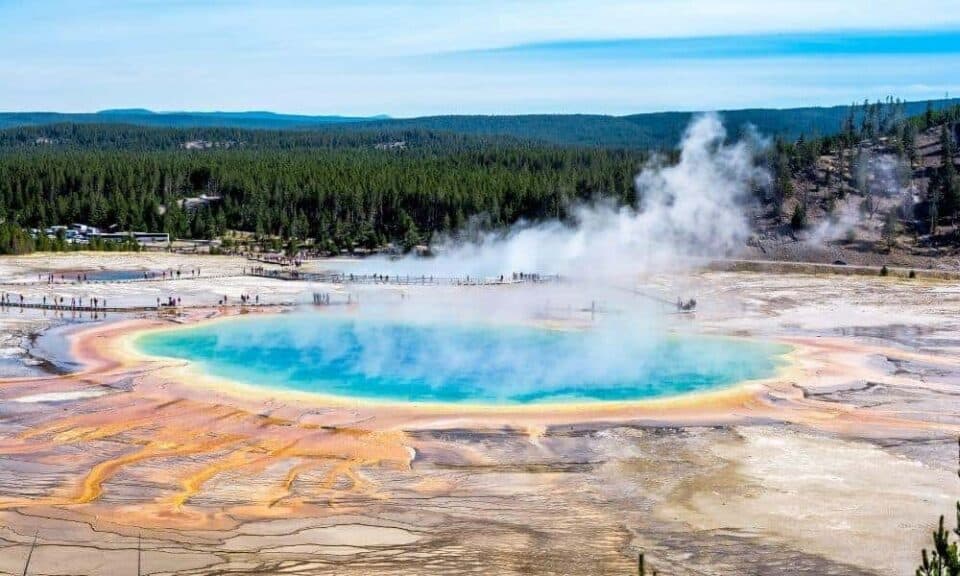
Yellowstone Geysers and Hot Springs in the Fall
Any time of year is a good time to see the hydrothermal features in Yellowstone: geysers, hot springs, mudpots, travertine terraces and fumaroles. Check out the NPS website for the latest geyser eruption predictions!
Here’s a list of the best locations to see these these unique features:
- Old Faithful, Upper and Lower Geyser Basin
- Grand Prismatic (Midway Geyser Basin)
- Norris Geyser Basin
- West Thumb Geyser Basin
- Mud Volcano
- Fountain Paint Pot
- Mammoth Hot Springs
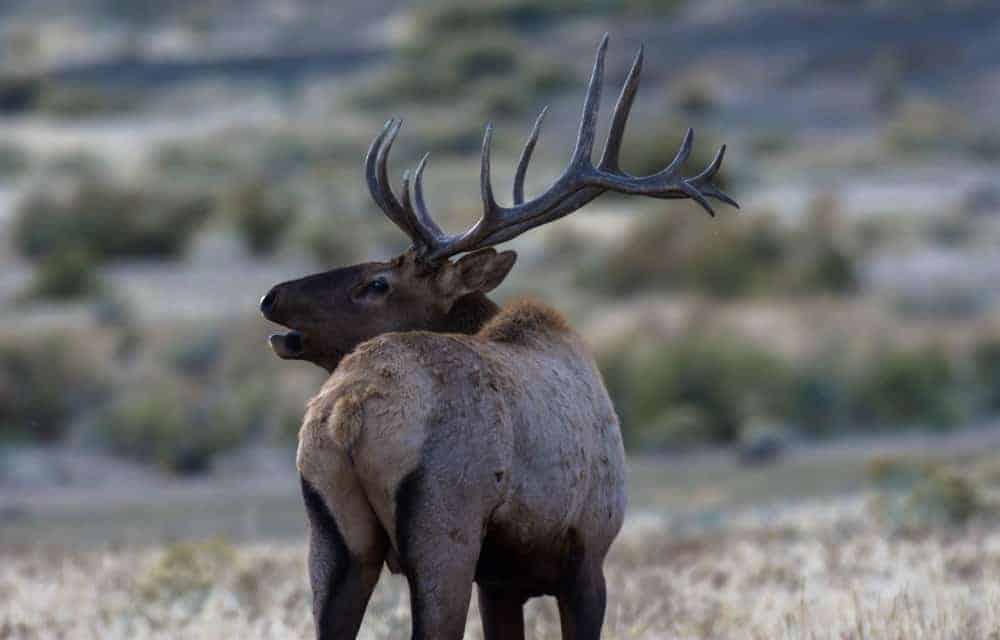
Wildlife at Yellowstone in the Fall
Fall is one of the best times to visit yellowstone for wildlife.
September Wildlife at Yellowstone: Around the second week of September, you’ll begin to hear the high pitched bugle of bull elk signaling the elk rut! The town of Mammoth is a terrific place to watch the male elk exert their dominance.
Bears return to the lower elevations looking for berries and bull bison or elk that perished during the rut. Migratory hawks and eagles begin to travel south and west for the winter.
October Wildlife at Yellowstone: As snow begins to fall, male grizzlies are eating what they can before denning season, and female grizzlies are looking for possible den locations. Bison, elk, deer and other mammals build up coats of fur for the winter. Most of the summer birds have left Yellowstone, and those that remain also build up coats of feathers to withstand the cold.
November Wildlife in Yellowstone: Around Thanksgiving the deer and bighorn sheep rut is at its peak. If you’re lucky you’ll hear the smack of bighorn rams butting heads over females. Rabbits and weasels don white fur coats for the winter.
Wildlife Viewing Guidelines:
- Do not approach bears or wolves on foot within 100 yards (91 m) or other wildlife within 25 yards (23 m).
- Keep a safe distance from all wildlife. Each year, park visitors are injured by wildlife when approaching too closely.
- Use roadside pullouts when viewing wildlife.
- Use binoculars, scopes or telephoto lenses for safe viewing and to avoid disturbing them. By being sensitive to its needs, you will see more of an animal’s natural behavior and activity.
If you’re serious about wildlife photography, check out the gear we recommend:
- Best cameras for wildlife photography
- Best tripods for wildlife photography
- Best tripod head for wildlife photography
- Best lenses for wildlife photography
Yellowstone Photography in the Fall
We recommend you have your camera ready to go because the wildlife you may see as you drive through the park won’t wait for you to find the camera in your car.
In October you’ll also want to photograph the geysers, hot pools, waterfalls and rivers. Here are some tips for taking pictures at Yellowstone.
Yellowstone Tours in the Fall
Taking a tour helps you see many parts of Yellowstone that you might not see on your own. Here’s a list of Yellowstone Tours you can book in the fall:
Yellowstone Camping in the Fall
With its stunning scenery and abundant wildlife, a favorite way to enjoy the park is by camping at Yellowstone National Park. With numerous campground options, you’ll find a variety of Yellowstone campsites ranging from full-service to primitive.
BUT many campgrounds begin to close as early as the first of September. Mammoth Campground is open year-round!
All campsites at Yellowstone’s 12 campgrounds require advanced reservations except Mammoth Campground from October 15 to April 1 when it’s first-come, first-served. It’s recommended you make your reservations far in advance due the demand for camping at Yellowstone.
If you can’t find a spot in the park, check out the RV parks near Yellowstone National Park!
Places to Visit at Yellowstone in the Fall
Did you know that Yellowstone is divided into regions? To avoid a ton of driving, here’s a list of the places to visit and things to do in each region to help make planning easier! Check out our done-for-you: 4-day Yellowstone Vacation Planner!
We recommend the Yellowstone GuideAlong App to hear fun behind-the scenes stories and local tips that play automatically as you drive, based on your GPS location.
Yellowstone Visitor Centers in the Fall
Be sure to check which Yellowstone Visitor Centers and information stations are open in October. Talk with a ranger, learn about the park through exhibits and interpretive offerings, or get oriented to the things you can do at the park.
Yellowstone Regions: Services and Attractions
There are various regions or areas throughout Yellowstone. Each one has different lodging options, services and things to do! Remember many services and lodging options begin to close during the fall months!!
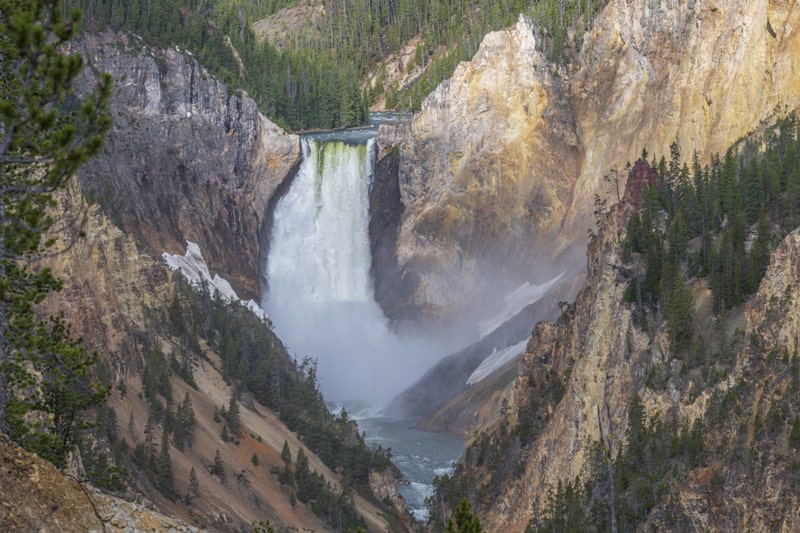
Canyon Village and the Grand Canyon
- Scenic Drives: Dunraven Pass, North Rim Drive, and South Rim Drive
- Hydrothermal Feature: Mud Volcano
- Natural Features: Grand Canyon of the Yellowstone River, Hayden Valley, and Mount Washburn
- Visitor Services: Canyon Campground, Canyon Lodge, Canyon General Store, and Canyon Visitor Education Center
- Waterfalls: Lower Falls, Silver Cord Cascades, and Upper Falls
- Day Hikes, Wildlife Watching

Fishing Bridge, Lake, and Bridge Bay
- Scenic Drives: Gull Point Drive and Lake Butte Scenic Drive
- Hydrothermal Features: Mud Volcano and Steamboat Point
- Natural Features: Mary Bay, Natural Bridge, Sedge Bay, Storm Point, Sylvan Pass, and Yellowstone Lake
- Visitor Services: Bridge Bay Campground, Bridge Bay Marina, Fishing Bridge General Store, Fishing Bridge Visitor Center, Fishing Bridge RV Park, Lake General Store, Lake Hotel and Cabins, and Lake Lodge Cabins
- Day Hikes, Fishing and Boating
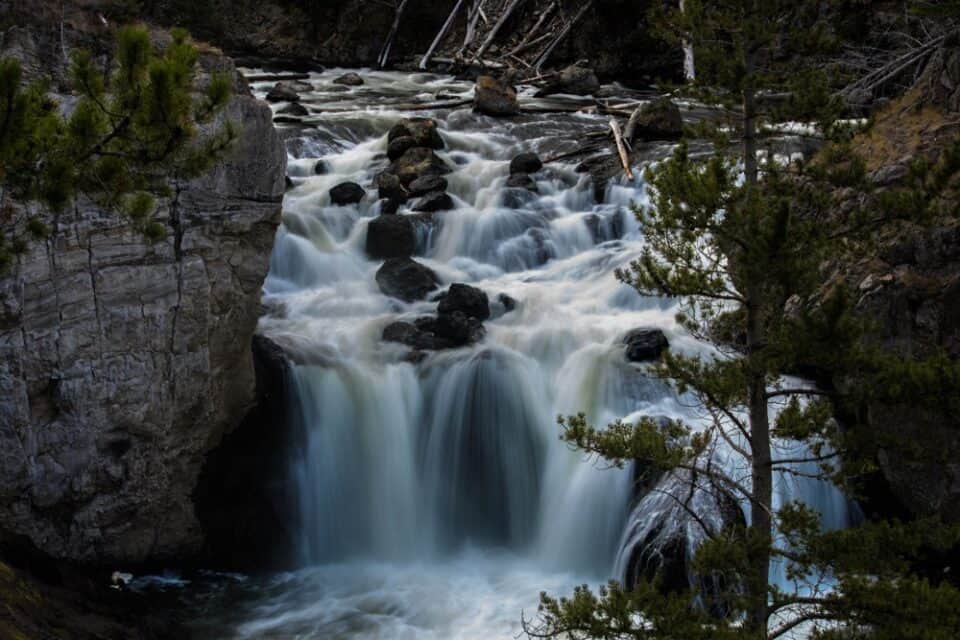
- Scenic Drives: Firehole Canyon Drive and Firehole Lake Drive
- Hydrothermal Features: Fountain Paint Pot, Grand Prismatic Spring, Great Fountain Geyser, Midway Geyser Basin, Terrace Springs, and White Dome Geyser
- Natural Features: Firehole Canyon, National Park Mountain, Madison River, and Purple Mountain
- Visitor Services: Madison Campground, Madison Information Station, and West Yellowstone Visitor Information Center
- Waterfalls: Fairy Falls and Firehole Falls
- Day Hikes and Fishing

Mammoth Hot Springs and the North
- Scenic Drives: Blacktail Plateau Drive and Upper Terrace Drive
- Historic Areas: Apollinaris Spring, Fort Yellowstone (historic US Army headquarters, now park headquarters), and Obsidian Cliff
- Hydrothermal Features: Boiling River, Canary Springs, and Mammoth Hot Springs
- Natural Features: Bunsen Peak, Mount Everts, Sheepeater Cliffs, and Swan Lake Flat
- Visitor Services: Albright Visitor Center, Indian Creek Campground, Mammoth Campground, Mammoth General Store, and Mammoth Hot Springs Hotel and Cabins
- Waterfalls: Rustic Falls, Undine Falls, and Wraith Falls
- Day Hikes
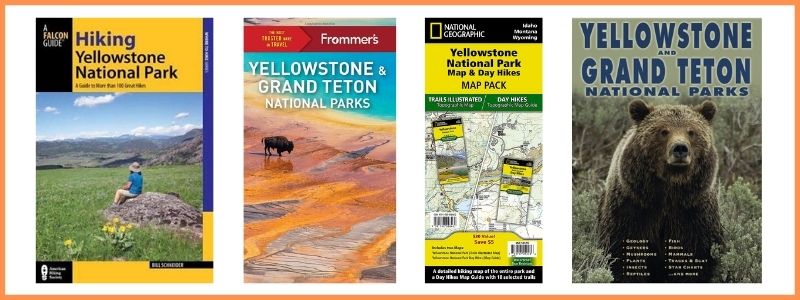
Yellowstone Lodging in the Fall
Places to stay in West Yellowstone that we recommend:
- Holiday Inn, West Yellowstone
- ClubHouse Inn, West Yellowstone
- Kelly Inn, West Yellowstone
- → CHECK OUT more West Yellowstone hotels!
Places to stay in Gardiner that we recommend:
- Yellowstone Gateway Inn, Gardiner – full kitchen and comfy bed, one of our favorite places to stay!
- Park Hotel Yellowstone, Gardiner – charming place to stay and loved by guests!
- Absaroka Lodge, Gardiner – beautiful location with river views!
- → CHECK OUT more Gardiner hotels!
Places to stay in Cooke City or Silver Gate that we recommend:
- Sunny Log Home on the Creek, Silver Gate (VRBO) – the most AMAZING location with an awesome fireplace and comfy bed!
- High Country Motel and Cabins – local owners who love what they do, and make you feel so welcome!
- Rent an RV – have it dropped off at your vacation destination!
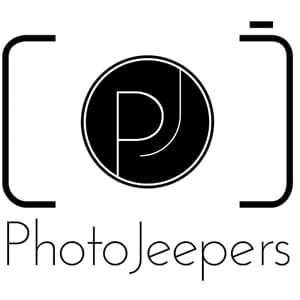
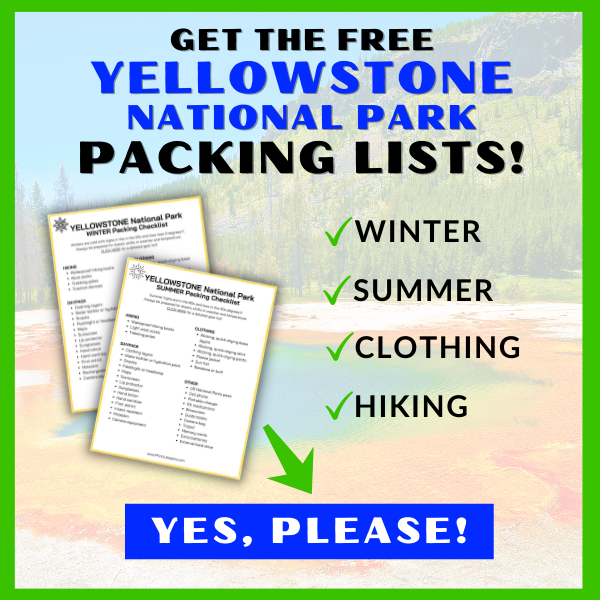
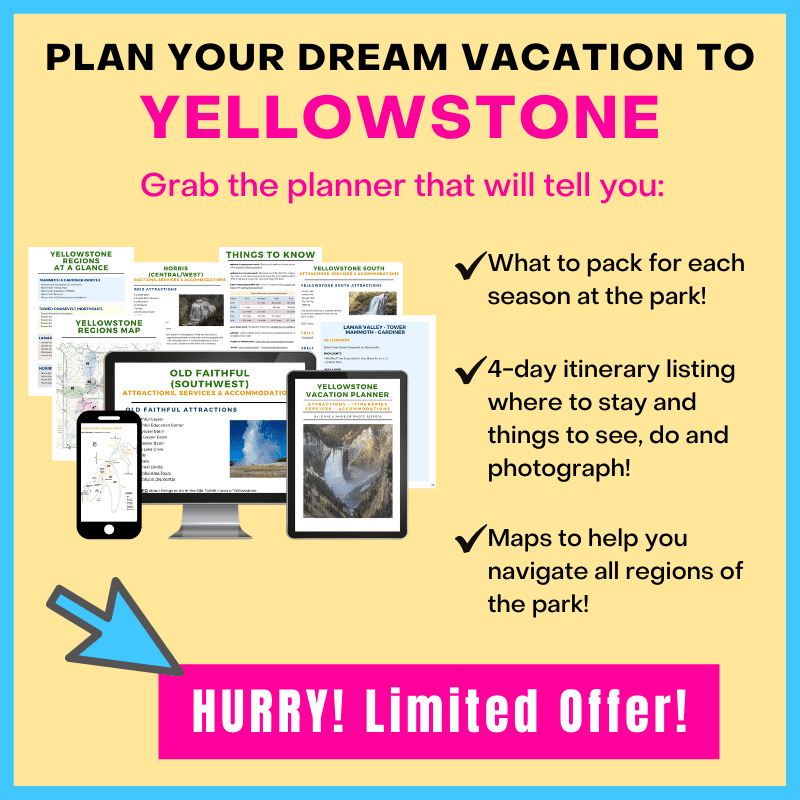
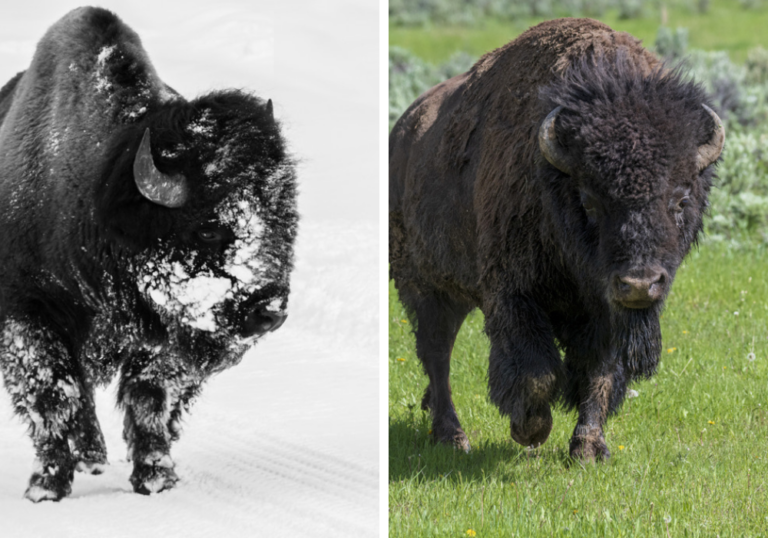
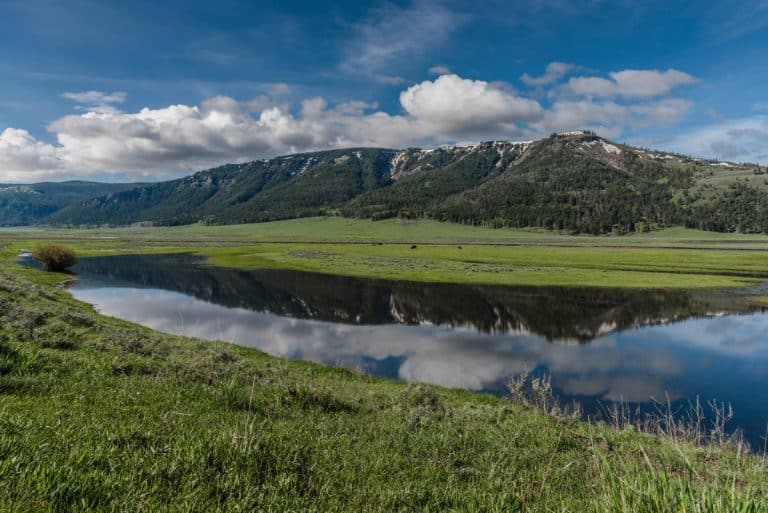




Hello, so I’m thinking off booking a trip in November 11 to visit Yellowstone. Any suggestions?
Check the Yellowstone NPS website – all roads will close November 8 this year (2021) EXCEPT the road between the North Entrance (Gardiner) and the Northeast Entrance (Cooke City). If you can get there 1 week earlier then you can enjoy the full park. Be ready for any type of weather that late in the year too. Email us if you have any more questions: jamie@photojeepers.com
While Oct sounds like a great time the reality is the Park service has very limited snow removal equipment & staff (and little motivation) so will close many if not most of the roads throughout the park with as little of
1 inch of snow accumulation!
We know we were just there in mid- Oct BEWARE!
I know this place is gorgeous any time of the year but the Fall would be breathtaking. Thanks for sharing your great tips. #HomeMattersParty
It’s an amazing time to visit – the weather is “just right”!
I absolutely loved reading this. You put in such detail and effort — excellent guide. I haven’t been to Yellowstone yet, but when I do I’ve pinned this so I can reference back!
Thank you the feedback, our aim to help others plan the best trip they can!
What a great and super informative article! I LOVE your photos of the elks, they look so noble. I’m very envious of all the wildlife sighting. I visited Yellowstone a loooong time ago (2005?) and I think I only saw some female elk. But it was in August. Guess I’ll have to try to get back for a fall trip!
Finding wildlife is always tricky – we knew we’d see a lot of elk in the fall, but were so happy to see the bears! Thank you for your positive comments about the photos and article.
Your photos are incredible! You’re definitely right about November, places like this are always quieter than. So nice to have some space.
We always prefer off season any time we travel anywhere! Thank you for your comment about our photos.
brilliant photos and a great article. Yellowstone is one of the bet national parks I have seen so far. Thanks for sharing your experiences
🙂 If I ever go to the US for myself, it would be for places like this.
Very Detailed Blog!! I loved the way you have explained everything.
You are truly blessed to get all those beautiful captures. Great tips for each month. I didn’t know there existed a bear spray!
Yes, bear spray is important in many of the US National Parks. We haven’t had to use it yet, but always carry it in Yellowstone!
A very well written article with clear direction. I enjoy details hence loved it! Easy to follow and a great guide!
I really want to visit Yellowstone National Park some day. I always wondered what the temperatures were like in Autumn and it sounds like they are quite unpredictable. Your photos are simply stunning!
I prefer cooler weather when I’m outdoors. I only needed my coat when out photographing early morning and late evening. The rest of the day was warm enough to wear a long sleeve shirt or light jacket. BUT the weather is unpredictable and can change from hour to hour. Snow can happen in the fall at any time, but it’s not as cold as winter when that happens.